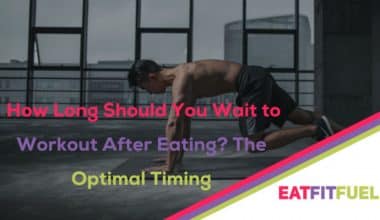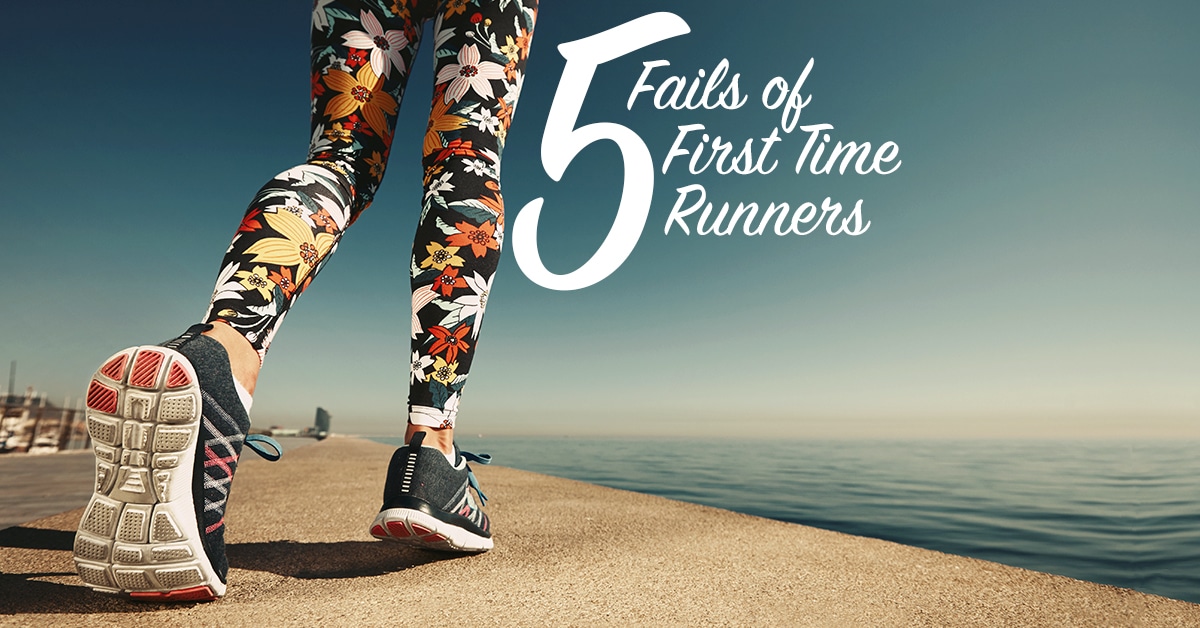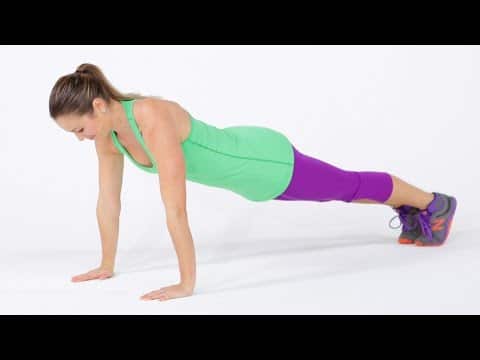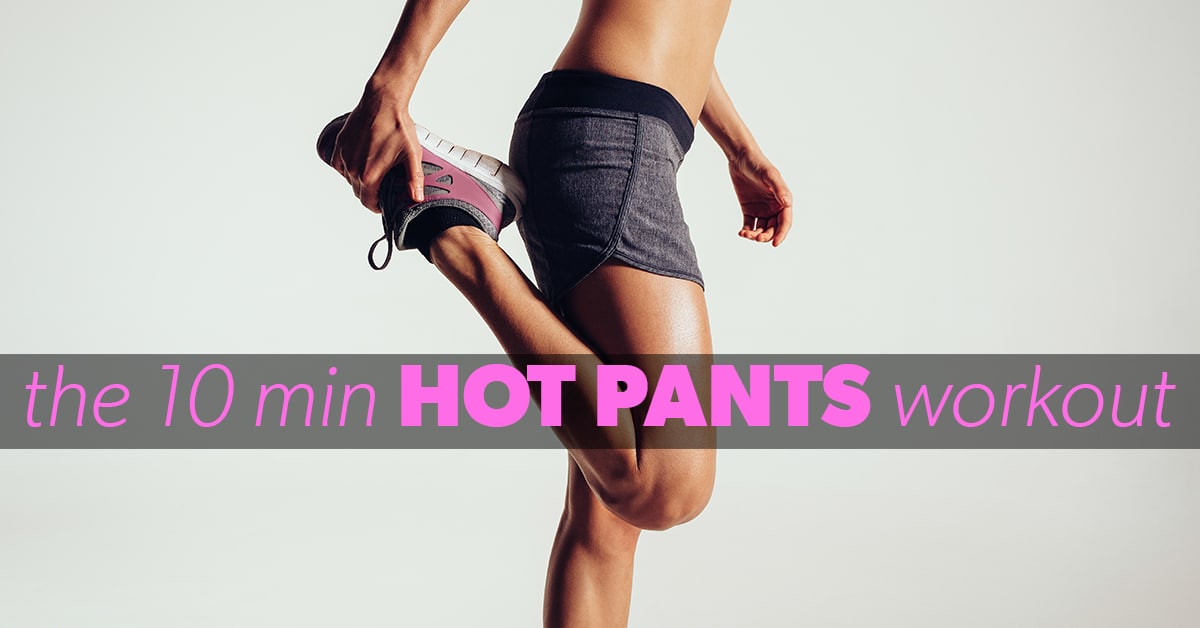We’ve all been there: You just finished a delicious pre workout meal, and you’re excited to hit the gym but not sure if you should wait or just jump right in. How much time do you need to rest after eating before beginning your routine? It’s complicated, but we’re here to help answer all your questions and find the perfect balance in between – with no dizziness included!
In short, it depends on how much food you ate prior to hitting the gym. If it’s a light snack that’s low in fat and protein, you generally only need to wait for about 30-45 minutes before beginning your workout. But if you ate a larger meal that’s high in fat and protein, it’s best to wait for around two hours.
Below, we take a closer look at each type of food and explain in detail how long you should wait before diving into a workout. Read on to learn more about the best time to exercise after eating.
How Long Should You Wait Before Working Out After Eating?
Everybody is unique in what they can tolerate. You will have to experiment and see how you feel when you exercise after eating or go on an empty stomach. Ultimately, you will have a unique schedule for the best workout performance.
The amount of time you should wait before exercising depends on the type of food you eat. Let’s take a look at the different types of food and how long you should wait before exercising after consuming them.
Light Snacks
If you’ve just had a light snack like a granola bar, crackers, or a handful of nuts, you should wait anywhere from 30-45 minutes before beginning your workout.
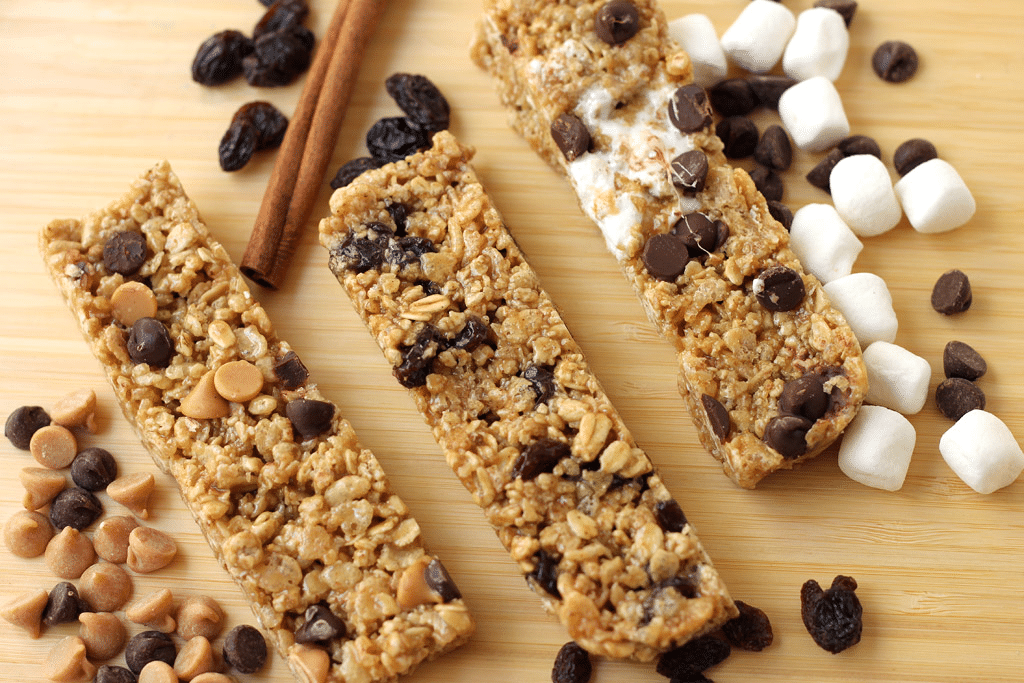
This is because it takes about half an hour for the snack to be broken down and digested in the stomach, which is when your body can start to absorb some of the nutrients. Our body needs time to digest food, which requires increased blood flow and energy. Waiting this long will give you enough energy to get through your workout without feeling too dizzy or lightheaded.
But if it’s been more than an hour since eating your snack and you’re still feeling hungry or sluggish, then it might be best to have another small snack before starting your routine. This is because your body needs fuel to be able to perform at its best, and going to the gym while feeling hungry will only leave you feeling drained and exhausted.
Larger Meals
If you ate a larger meal that is high in fat and protein (like steak or fish), then it’s best to wait at least two hours before exercising. This is because larger meals take longer to digest and break down in the stomach, so it takes longer for the body to receive any additional nutrients from them.
Additionally, waiting two hours ensures that your digestive system won’t be put under too much stress during physical activity – which can lead to unpleasant side effects such as nausea and cramping.
It’s also important to note that if you consume carbohydrates prior to working out, they should be complex carbs such as whole grains, lentils, and legumes instead of simple carbs such as white bread and pastries – as these will break down quicker in the body and provide more sustained energy for physical activity. That way, there won’t be any “energy crashes” mid-workout!
Hydration
Hydration is an important factor to consider when exercising, as it helps your body perform optimally by keeping it cool and providing your muscles with energy.
As a general rule of thumb, aim for 8 ounces (1 cup) of water before physical activity. This will help ensure that you’re adequately hydrated and give you the energy boost you need to complete your routine.
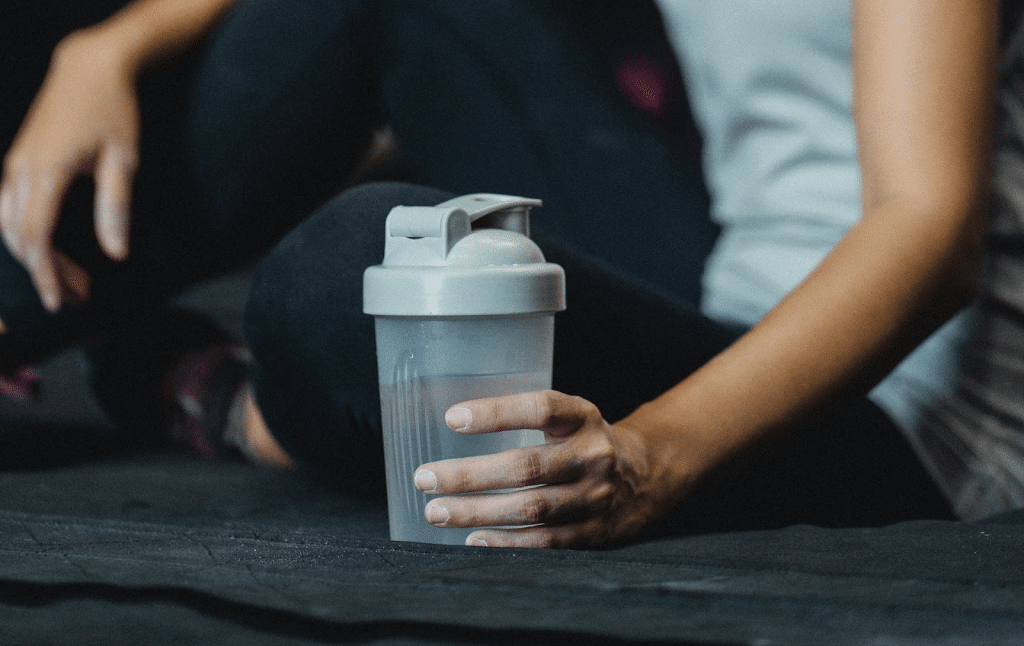
It’s also important to note that although drinking water can help boost performance during physical activities, consuming too much of it can lead to unwanted side effects such as nausea and cramping.
That’s why it’s best to stop drinking at least 30 minutes before beginning your routine – this gives your body enough time to absorb the liquid and prevent any potential issues while working out.
What Happens When You Workout Immediately After Eating?
When you exercise immediately after eating, your body is not able to properly digest the food that you just consumed.
As a result, it can lead to unpleasant side effects such as nausea, cramping, and dizziness. This is because the digestive system needs time to break down the food into smaller particles and absorb the nutrients from it.
When you engage in physical activity with a full stomach, your body has less energy available for use during the workout, as most of its resources are dedicated to digestion instead.
This can cause fatigue and make it more difficult to complete an exercise routine. It is also possible that you may experience some pain or discomfort in your abdominal area due to the strain that is put on your digestive system while exercising.
Furthermore, when you exercise right after eating, there is an increased risk of acid reflux or heartburn due to pressure being exerted on the stomach walls by physical movement.
Tips for Setting Yourself up for Success in the Gym
Now that you know all about how long you should wait to work out after eating, let’s take a look at some tips for setting yourself up for success in the gym.
Build a Routine That Fits Your Schedule
Building a routine that fits your schedule is a great way to ensure success in the gym. This means finding the right balance between planning ahead and being flexible enough to adjust when needed.
To start, it’s important to know your individual needs and preferences. Figure out what works best for you – are you someone who prefers eating three square meals a day, or do you prefer smaller, more frequent snacks? Knowing this will help you determine when and how often to eat before exercising.
Once you have an idea of what works best for you, try creating a meal plan that incorporates both pre- and post-workout nutrition.
Pre-workout meals should include complex carbohydrates like whole grains or legumes as well as some lean protein – both of which will provide sustained energy for physical activity.
Post-workout meals should contain simple carbs such as fruits and vegetables to help restore glycogen levels and replenish any lost nutrients during exercise.
Take Advantage of Pre-Workout Supplements
Pre-workout supplements can be a great addition to any routine and help you maximize your time and energy in the gym. These supplements are typically taken prior to exercise and can help support improved performance, endurance, muscle strength, and recovery.
The main ingredients in many pre-workout supplements are caffeine, B vitamins, creatine, beta-alanine, and branched-chain amino acids (BCAAs).
Caffeine is a stimulant that helps boost mental focus and alertness, while B vitamins are essential for energy production. Creatine enhances muscular power output, beta-alanine delays fatigue during intense physical activities, and BCAAs reduce the risk of muscle breakdown during workouts.
You should take pre-workout supplements about 30 minutes before starting physical activity for optimal results – this gives your body enough time to absorb the ingredients and start feeling the effects before exercise begins. By taking pre-workout supplements, you can improve your performance in the gym and maximize your gains.
Use Tools and Trackers to Stay on Top of Your Fitness Goals
Using tools and trackers to stay on top of your fitness goals is a great way to ensure success in the gym and get the most out of your workouts. With the wide variety of apps, gadgets, and smartwatches available today, it’s easier than ever to monitor your progress, set achievable goals, and stay motivated.
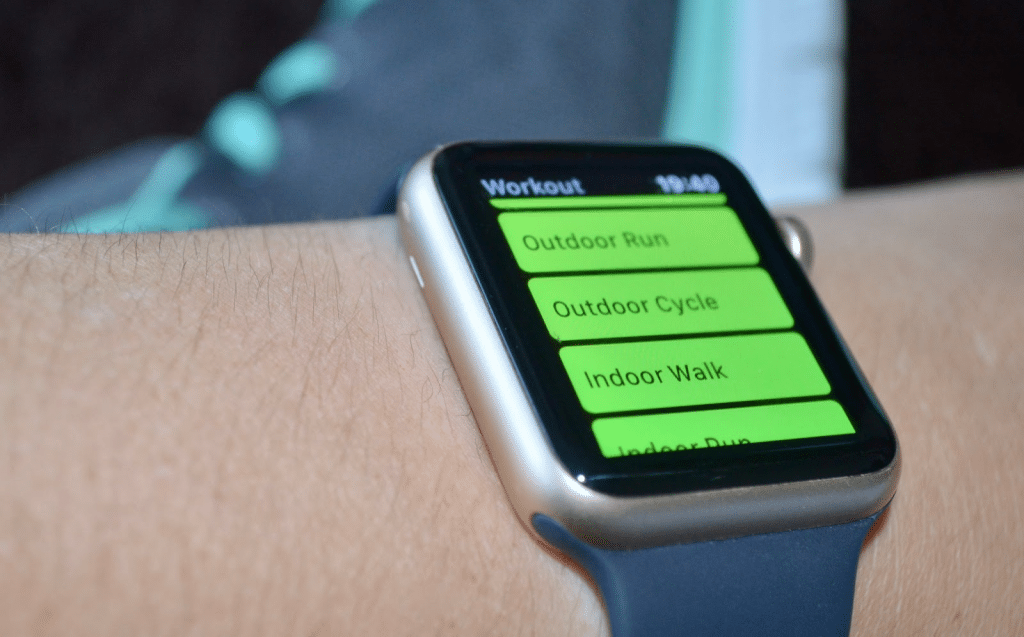
Tracking your workouts can be helpful for several reasons. Not only does it allow you to measure your performance over time (such as an increase in reps or speed), but it also allows you to see where you may need improvement.
For example, if you find that your endurance has plateaued, you can use tracking tools to figure out why and set new goals accordingly.
In addition, you can use tracking tools to note when you had your last meal prior to exercise and how many calories you’ve burned during a workout. This can be incredibly useful for staying on top of your nutrition needs and making sure you fuel your body adequately both before and after exercising.
Listen to Your Body and Take Enough Breaks
At the end of the day, it’s important to listen to your body and take breaks when needed. This means taking a few seconds between sets or exercises to catch your breath and make sure you’re feeling okay before continuing. It also means not pushing yourself too hard if you don’t feel up to it — this could do more harm than good in the long run.
In addition, make sure you’re taking enough rest days, so your body has enough time to recover and repair itself after physical activity. Taking breaks is just as important as working out when it comes to improving performance and reaching fitness goals.
Wrapping Up
So, how long should you wait to work out after eating? It depends — ideally, you should wait at least 30 minutes for a light snack and up to 2 hours for a full meal.
To get the most out of your workouts, it’s also important to take pre-workout supplements, use tracking tools to stay on top of your progress, and listen to your body and take enough breaks.
With these tips in mind, you’re sure to have a more effective workout and reach your fitness goals in no time. Good luck!


